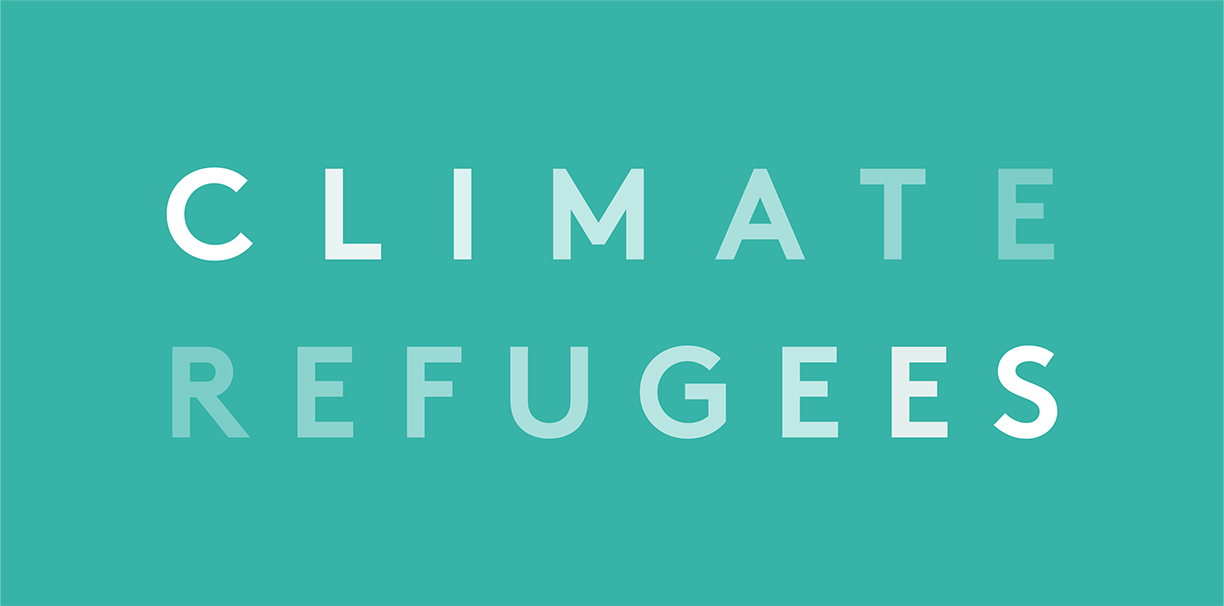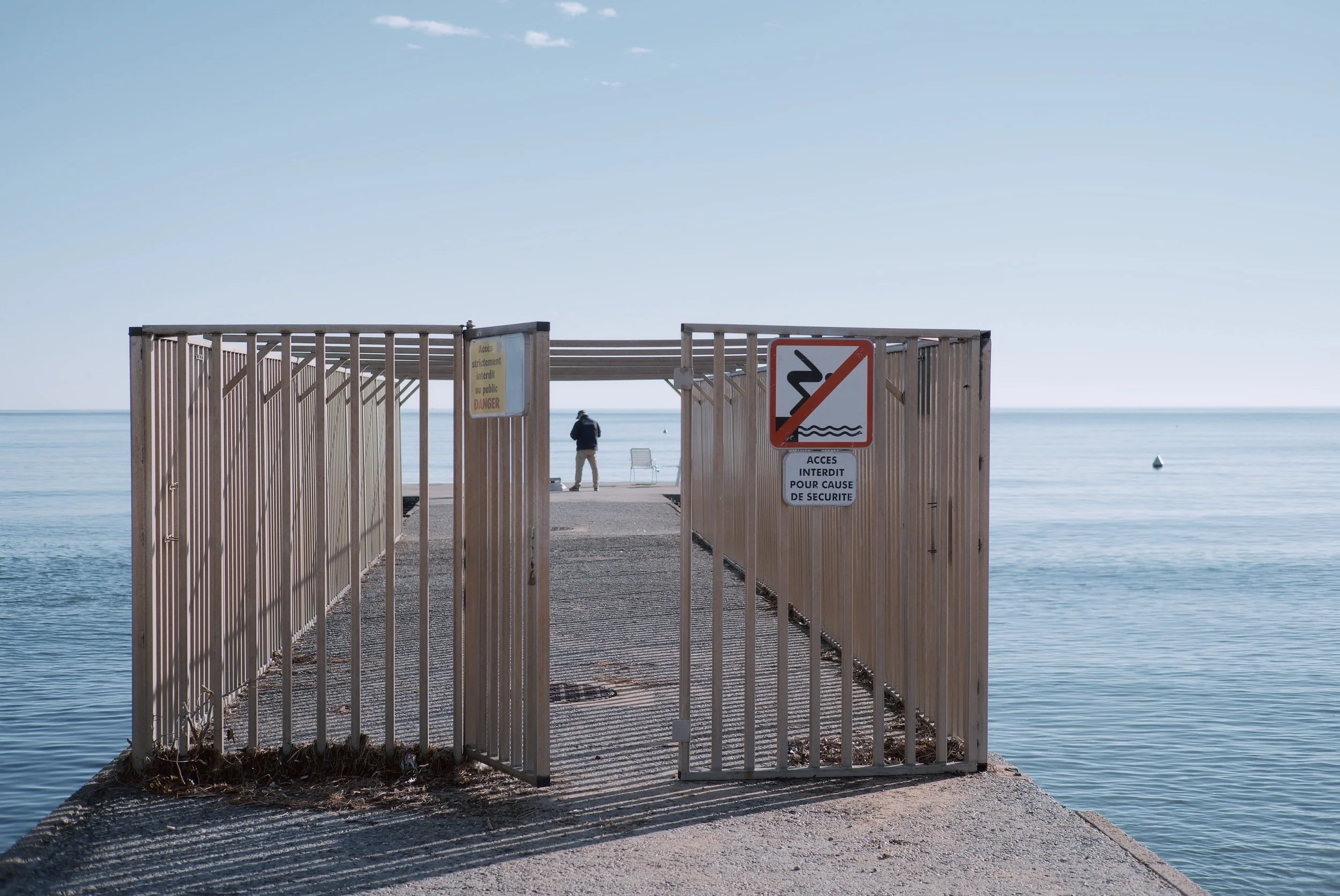Throughout the 2010s, the lakes in the region, which is Kenya’s portion of the Great Rift Valley, rose slowly, displacing tens of thousands of people. But in 2020 a particularly severe rainy season caused the flooding to accelerate. Lake Turkana, in the arid northern part of the country, actually swallowed a nearby lake altogether. Freshwater Lake Baringo, further south, flooded eight miles inland and moved dangerously close to a saltwater lake, which would have devastated wildlife in both, with an inevitable impact on the area’s tourism industry, largely centered around the saltwater lake’s famous flamingos. By some estimates, Baringo has risen at least 9 meters since 2013.
Ukrainian Refugee Crisis Offers Disturbing Insight for Future of Climate Refugees
It’s been one month since Russia invaded Ukraine, causing 3.5 million people to flee the country, an overwhelming majority heading west into the European Union (EU). As the smoke has cleared from the initial onset of the invasion, a picture has begun to emerge highlighting the either “unusually generous or overtly racist” stance taken by western media and the EU towards Ukrainian refugees in contrast to other non-Ukrainian refugees.
When those displaced by climate induced famine or conflict come from Africa, the Middle East or South Asia seeking refuge, can they expect such a warm reception from the EU and other wealthy nations as Ukrainian nationals have received? Sadly, refugee policy in Europe and other wealthy western nations have made it clear this is not the new status quo in handling refugees.
Latest IPCC Report Projects Climate Change Will Increase Migration Within Africa
“By 2030, about 250 million people may experience high water stress in Africa, with up to 700 million people displaced as a result.” Seven hundred million people. For context the entire population of Africa is 1.4 billion. That means by 2030 half the continent of Africa could be displaced as a result of climate change.
This dire warning of displacement comes at a time when many African nations are already witnessing record breaking droughts even today.
Intersection of Crises Exacerbates Climate Migration in Mozambique
Mozambique is dealing with climate-induced migration in the south and conflict-induced migration in the north. Tropical Storm Ana made landfall in the southeast African nation last month, destroying hundreds of homes and killing at least twelve people. This is not the first deadly storm to hit Mozambique and unfortunately, they are becoming increasingly prevalent for Mozambique and other countries in the region due to climate change.
Climate Crisis Highlights Need for Resilient Infrastructure in Refugee Camps
Evidence indicates that refugee camps are disproportionately placed in climate-vulnerable regions prone to extreme weather, flooding, wildfires, and droughts. Indeed, such sights are often set up in notably inhospitable places, in a makeshift effort to distance them as far as possible from host communities fearful of disruption. The current effort to relocate Rohingya refugees to the remote, allegedly inhabitable Bhasin Char island is one notable example.







